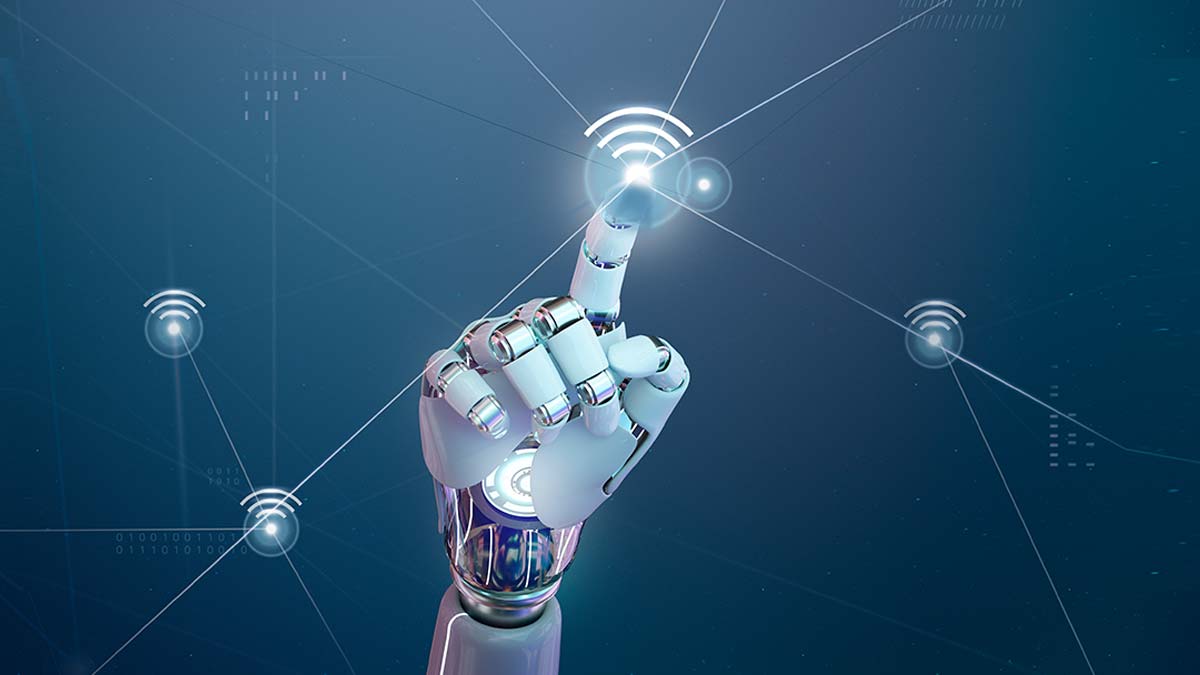Although it has been around for a while, deep reinforcement learning is starting to gain a lot of attention. Many experts believe it is the key to unlocking artificial intelligence.
But what is it? And how does it work?
Let’s have a look.
What is Deep Reinforcement Learning?
The field of Deep Reinforcement Learning is now rapidly growing. There are many different approaches to Reinforcement Learning, and they are all studying a different aspect of machine learning. However, Deep Reinforcement Learning stands out. This is because, in a Deep Reinforcement Learning neural network, the hidden layer consists of a large number of neurons, each of which has multiple connections. At the simplest level, the number of neurons can be so large that the network has potentially astronomical computational power.
Deep Reinforcement Learning (DRL) is a subfield of machine learning that aims to learn from past experiences to optimize future actions. In other words, deep reinforcement learning algorithms can learn to automatically improve their performance on future tasks by adapting their behavior based on past successes or failures. The key idea is to create a model of the world that can learn to optimize its own behavior by taking into account past successes and failures.
Deep Reinforcement Learning has been used in a wide range of applications, from autonomous cars to healthcare robots. It has become a popular tool for addressing difficult problems in many domains, including finance, manufacturing, and natural language processing.
Applications of Deep Reinforcement Learning
Deep reinforcement learning is a field of machine learning that allows for the development of autonomous agents that can learn and improve their performance based on feedback from their environment.
Applications of deep reinforcement learning in the past have included tasks such as controlling a robot arm, learning to navigate a 3D environment, and playing video games.
One of the key advantages of deep reinforcement learning is that it can learn complex behaviors very quickly. This makes it an especially powerful tool for tasks such as autonomous navigation and video game playing, where fast reaction times are key.
Deep reinforcement learning is still in its early stages, and there are many unanswered questions about how it works and what applications it could be put to. However, its potential is clear, and there are already a number of research groups working on using it to solve different problems.
One area of particular interest is using reinforcement learning to help humans learn new tasks more quickly. Deep reinforcement learning has been shown to be effective at teaching humans how to do tasks better, and it could be used to help people learn new skills in a more automated way.
Another potential application of deep reinforcement learning is in medical diagnosis. By understanding how patients respond to different treatments, researchers could develop better treatments for diseases and conditions.
Overall, there are many potential applications of deep reinforcement learning that are still being explored. However, the potential benefits of using this technology are clear, and it has the potential to change the way we work and learn in many ways.
Challenges in Deep Reinforcement Learning
One of the most important challenges in deep reinforcement learning is how to effectively represent and use the data that is used to train the algorithm. In order to achieve better performance, deep reinforcement learning algorithms often need to be able to learn from large amounts of data. However, this type of data is often difficult to obtain and process.
Another challenge in deep reinforcement learning is how to effectively transfer the learned skills to new situations. Deep reinforcement learning algorithms need to be able to generalize from past experiences in order to learn new tasks. However, this process can be difficult if the data used to train the algorithm is limited in scope.
One way to overcome this challenge is to use reinforcement learning algorithms that can “learn fast and forget slowly.” This means that the algorithm will be able to learn new skills quickly, but will not be as good at generalizing from past experiences.
Winding Up
The future of Deep Reinforcement Learning is fairly bright. Deep reinforcement learning is a powerful tool for artificial intelligence. With the right data, reinforcement learning has shown itself to be more than capable of creating agents that can perform extremely well at a variety of tasks. When paired with more traditional machine learning approaches, deep reinforcement learning can be a powerful tool for improving machine performance. However, there are still some challenges to be overcome.

